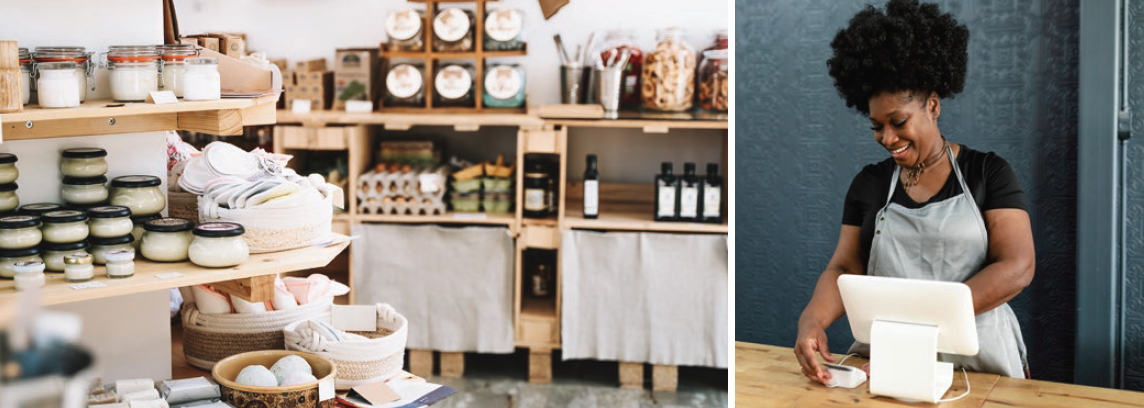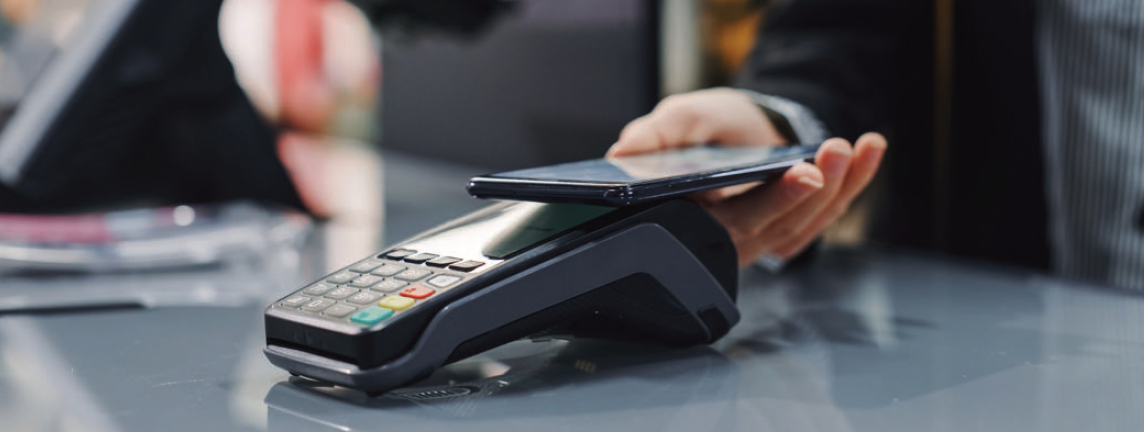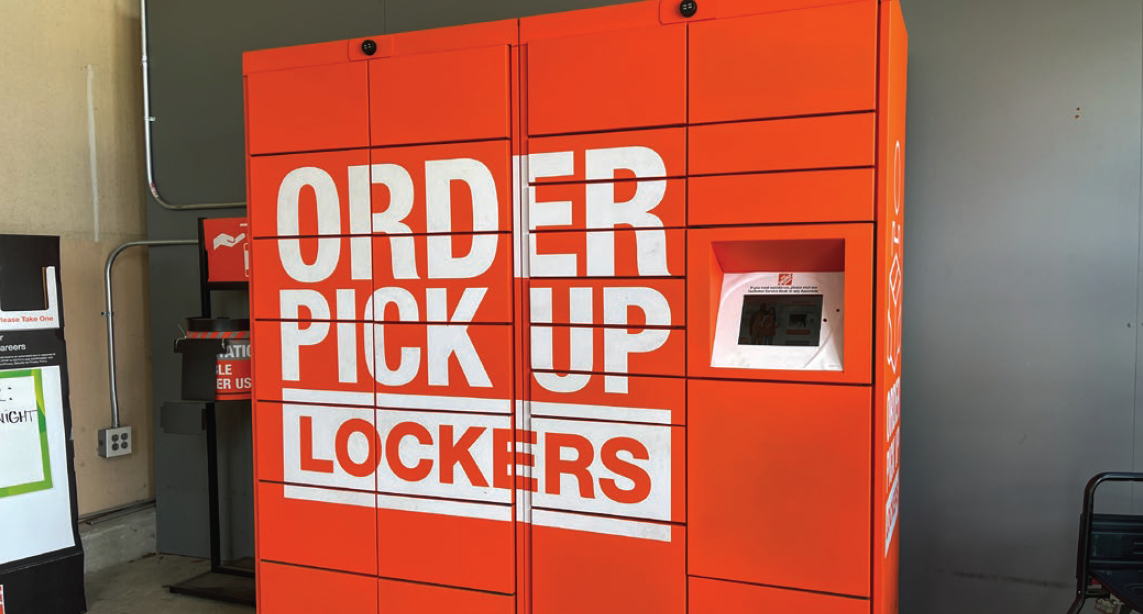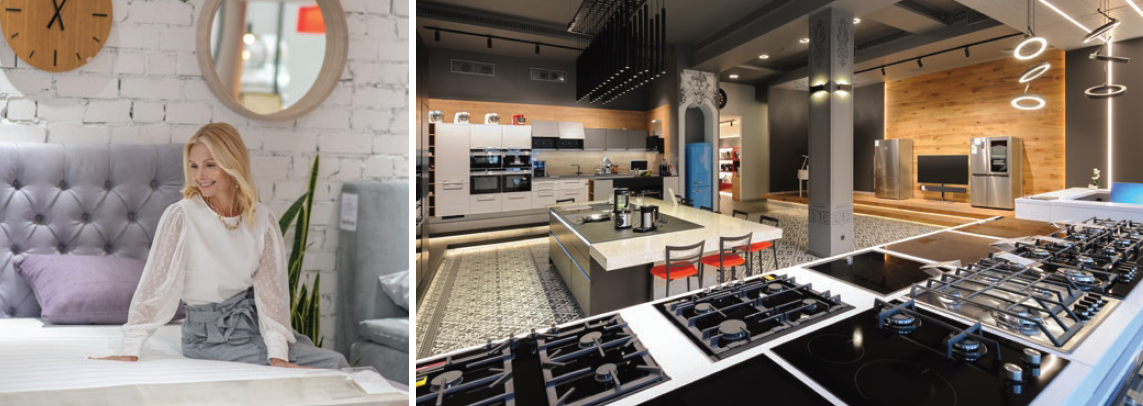What’s changed…that can’t change back?
Some consumers may believe it’s safe to return to most in-person experiences, including retail shopping – but does that mean they will? In a 2022 Environics poll, 40% of customers said they believed they would hold off in-person shopping for the foreseeable future.
Throughout the COVID pandemic, customers discovered more ways to shop. A 2022 Dalhousie study found that nearly 25% of Canadians plan to buy online regularly compared to only 10% prior to the pandemic. Virtual and curbside shopping that for a while meant greater safety, now means greater convenience. And with many jobs still at least partially hybrid, remote solutions remain good ways to get errands done. New skills, perspectives and even values that came with the pandemic are influencing new purchasing patterns.
Here are some of the ways that retail has changed and can’t change back.
1. Safety and Contactless Shopping
Retailers will need to continue consideration for both shopper and employee safety. COVID safety measures may be seen in retail for a while: face coverings, social distancing measures, limited capacities, sanitizer, no sampling or try-ons and plexiglass cashier areas.
Many predict ongoing demand for contactless experiences and more permanent infrastructure to support it, including more self-checkouts. Contactless transactions are being supported through higher limits for contactless payments on credit cards and an increase in accepted digital payment methods such as e-wallets, mobile payment apps, bank transfers and QR codes.
2. Immediacy
Shoppers make trips to stores to be able to make an immediate transaction – something that can’t quickly happen with online shopping. Even now, that’s the main opportunity for traditional brick and mortar retailers vs. on-line retailers – immediacy. New COVID habits have developed safe logistical options for stores: curbside pick-up, BOPIS (Buy online pick up in store) and BOSS (buy on-line ship to store).
These services have given customers more contactless options for quick delivery. Shoppers can browse on-line, find their selections and go right to the store to pick up their items without waiting or paying for shipping. “Drive-thru” shopping concepts, which have been used for decades by fast-food restaurants, are becoming more mainstream in traditional retail.
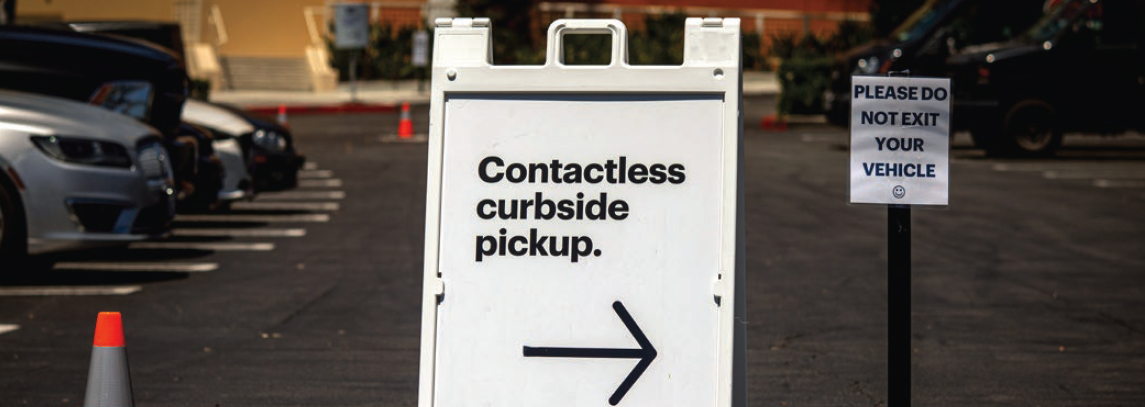
3. Repurposed and Consolidated Space
The pandemic has forced the consolidation of retail square footage – it is estimated that as many as 25,000 stores have closed in North America in the past 2 years including major closures from chains like Bath & Body Works, JCPenney, Nordstrom, Victoria’s Secret and even Starbucks.
Retailers now need to be deliberate about how space is used. What square footage is needed for their retail operations, flexible warehousing and inventory management? Retailers can split space to include a smaller retailer footprint and turn spaces into fulfillment areas or centres for BOPIS and BOSS. COVID fostered a “get-in-and-get-out” mentality: stores can be reconfigured to facilitate faster, more streamlined shopping trips – the opposite from their pre-pandemic approach, where stores were designed to encourage customers to go deeper into the store and spend time browsing.
4. Showroom Destinations
To bridge the gap between the physical and online shopping experiences, retailers can repurpose some space to create more experiential showrooms. Like IKEA, stores designated as showrooms will allow customers to see products in physical spaces before they purchase, understanding that most if not all transactions will occur online.
Physical stores can become places to view showcase samples of products, get advice, pick up and return online orders. They can also be destinations for in-person shopping assistance or special events such as book signings, demos, celebrity events or product launches. Viewed through this lens, brick and mortar stores matter even to retailers that started out online: e-retailers like Warby Parker, Bonobos and Casper opened physical locations recognizing that a visit to a physical store was often required to addressed friction points in the customer journey such as finding the right size or exploring products using all five senses. We discussed the emergence of this model in detail in our past article From Brick and Mortar to Click and Mortar.
5. Small, Local Alternatives
During the pandemic, many shoppers chose to support their local small businesses in their neighborhoods once they reopened. Familiar, quieter stores were easier to navigate to maintain social distancing compared to busy malls. Plus, shoppers appreciated how their impact – when so much else was out of their control – could help the survival of these small neighbourhood businesses.
Customers’ good intentions might still be real but as lives after COVID get busier, small businesses must compete in the new retail reality. They’ll need an omnichannel strategy, including an active, updated website capable of accepting orders, as well as new logistical strategies such as BOPIS and curbside pickup.
Across all categories, there’s no returning to the “shop-till you-drop” days before the pandemic. Embracing this reality, retailers should plan and evolve their futures to include the solutions that have shaped the industry in the last two years.
